So, what to keep in mind here: there are 3 different decrease rates so that the decreases will be worked evenly across the row, using up all the stitches. To make it easier for yourself I will suggest photocopying this page of the pattern and highlighting the three decrease rates with three different highlighters or underline with 3 color pens, whatever works for you. For each decrease rate you will need to circle two numbers: how many knit sts, then how many times you will repeat this action. So it will be kx, k2tog x times. Then you can re-write the row on your photocopied page.
Here is an example, using the numbers for size 35". We begin with 207 sts. If I circle my numbers and re-write the decrease row, it will look like this:
k2, k2tog 3 times; k3, k2tog 36 times; k2, k2tog 3 times, end k1, k2tog. 43 sts decreased, 164 sts remain.
Let's check the math:
k2, k2tog 3 times= 4*3= 12 sts used, 3 sts decreased.
k3, k2tog 36 times= 5*36= 180 sts used, 36 sts decreased.
k2, k2tog 3 times= 4*3= 12 sts used, 3 sts decreased.
end k1, k2tog= 3 sts used, 1 st decreased.
12+180+12+3= 207 sts used, which is what we began with.
3+36+3+1= 43 sts decreased. Voila! It all adds up.
Now, if you want to know why I had to do it this way, keep reading. If not, happy knitting and I hope this has made it a bit easier for you.
Why so many numbers? Couldn't I have done this with a simpler decrease rate? I could have, but the result might not have been as pleasing. I wanted the decreases to be worked as evenly across the row as possible, and every size had a different amount of stitches being decreased.
As I was designing I realized that for the peplum, I couldn't just add a certain number of inches to the waist measurement. Adding 7" to a 30" waist wouldn't look the same as adding 7" to a 45" waist. The size with a 30" waist would have much more fullness than the 45" size. To get a consistent amount of fullness in each size, I needed to add a certain percentage. for each size In addition to that, I had to take into account how many stitches are in each repeat of the lace. The percentage rate, in case you are curious, was based on 116% of the full hip measurement, and then I adjusted from there. The end result was lots of numbers, and since I wanted a lovely peplum I went with the complicated numbers.
So I hope this helps, and if you still find yourself with questions please don't hesitate to email me. You can use the email address supplied on the pattern, or you can use the contact form on my website. Happy Knitting!

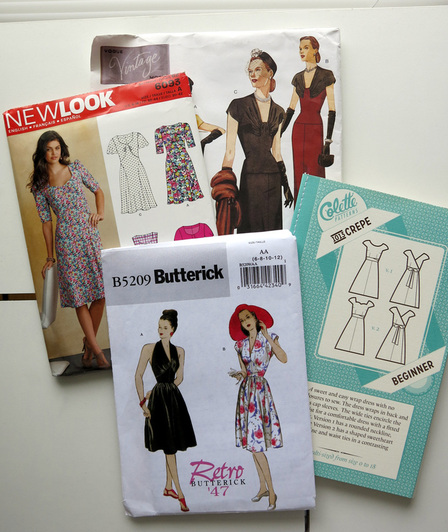
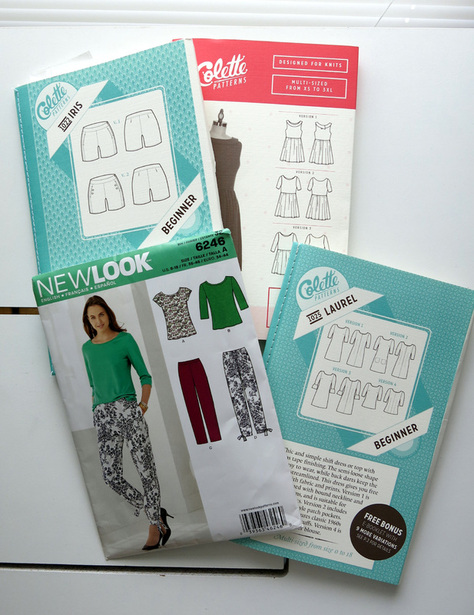
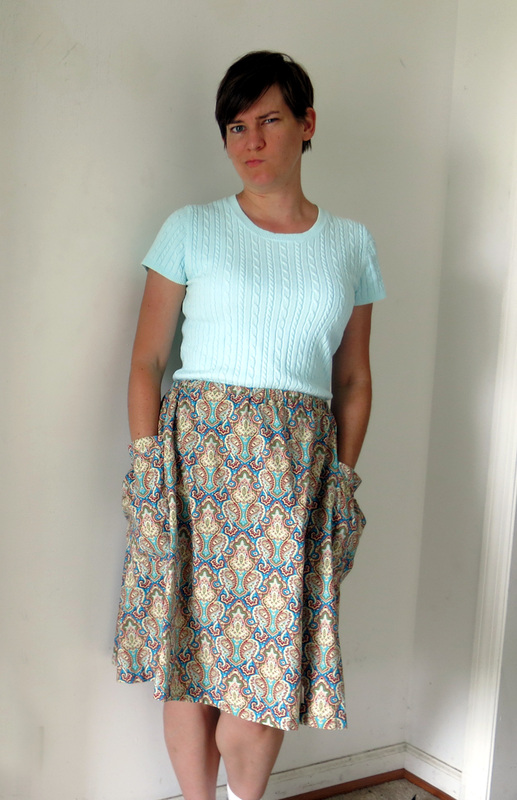

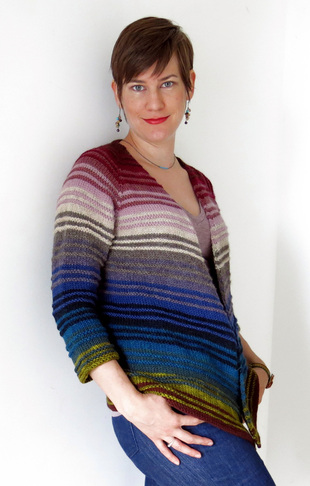
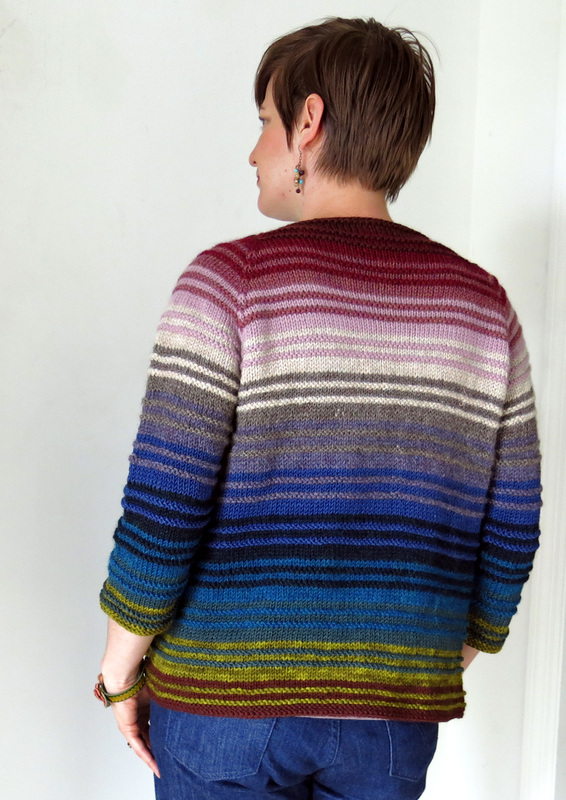
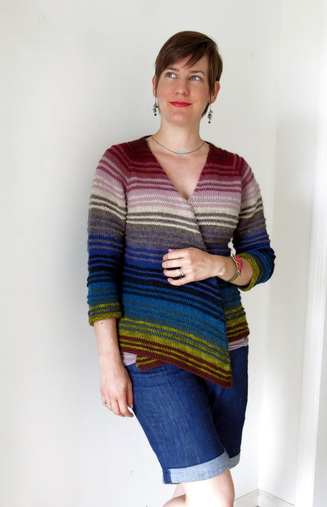
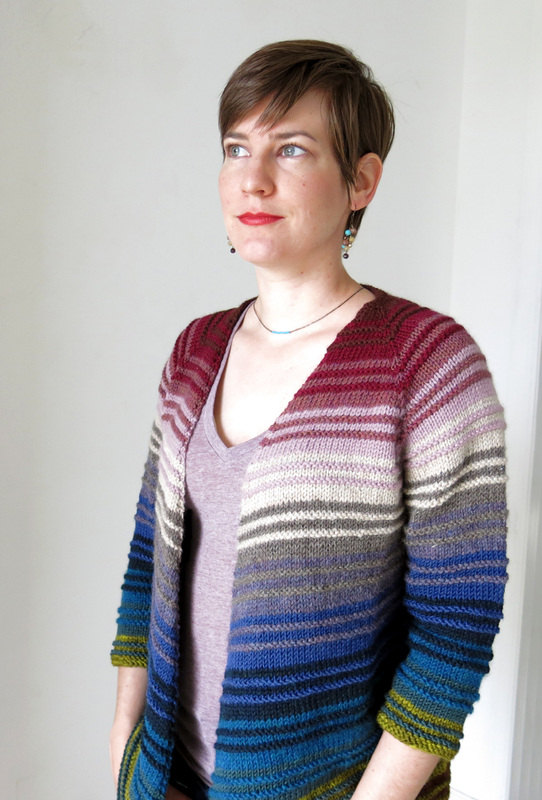


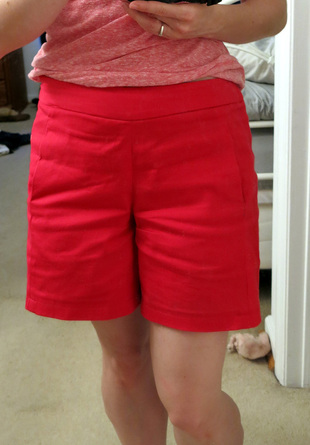
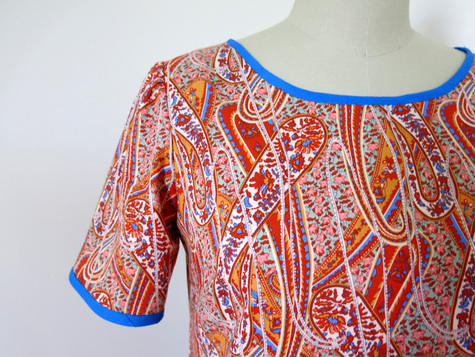
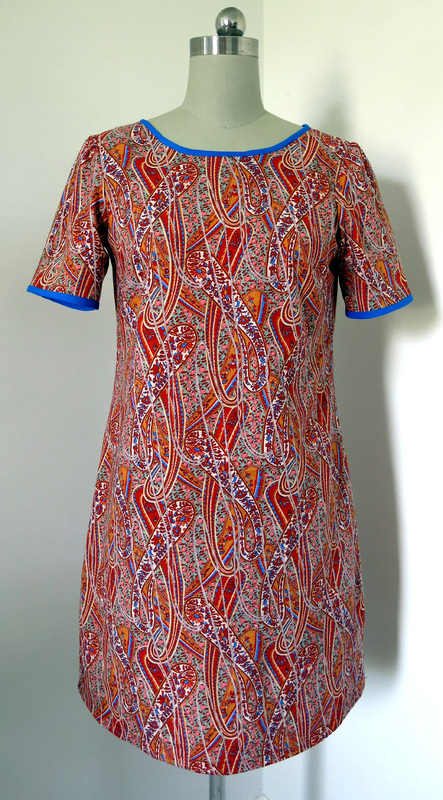
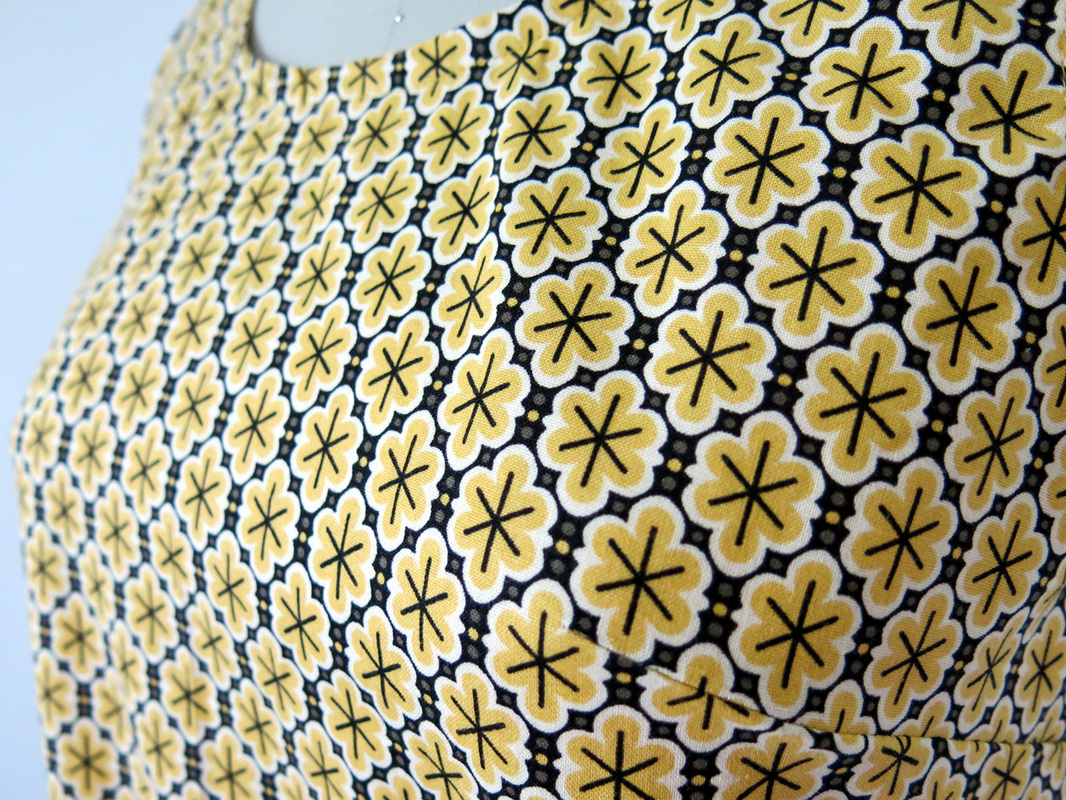
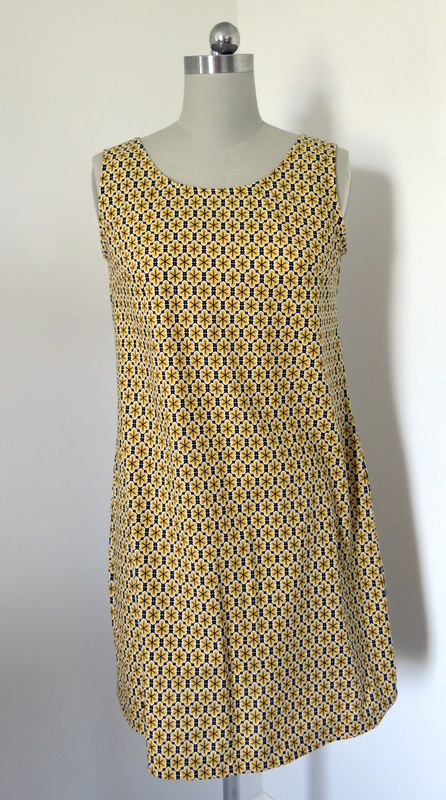
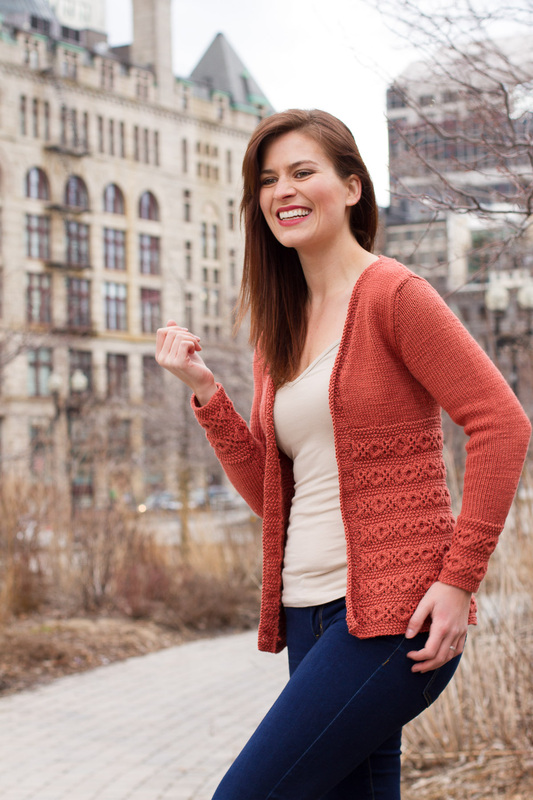
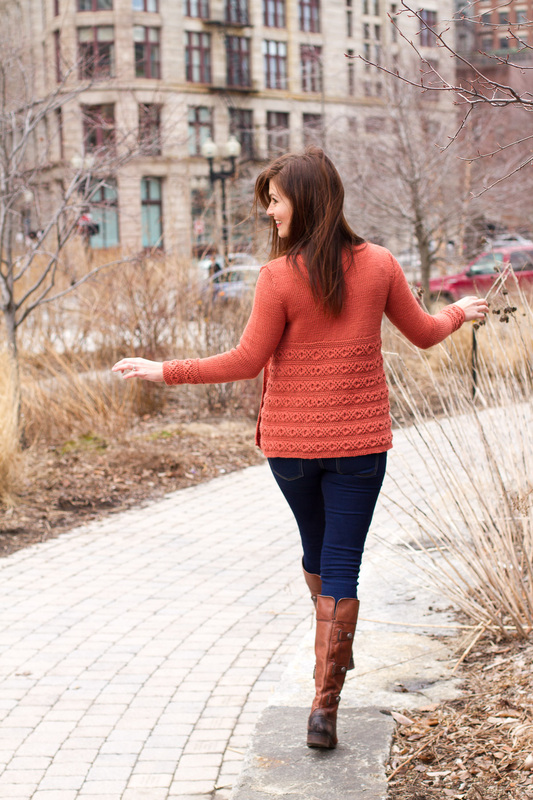
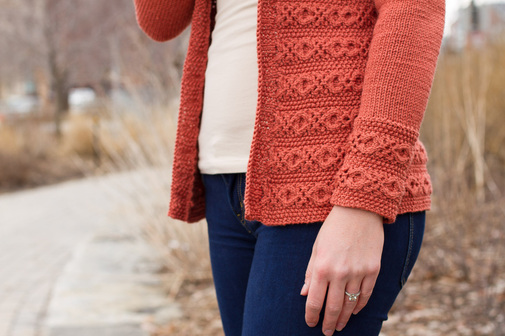
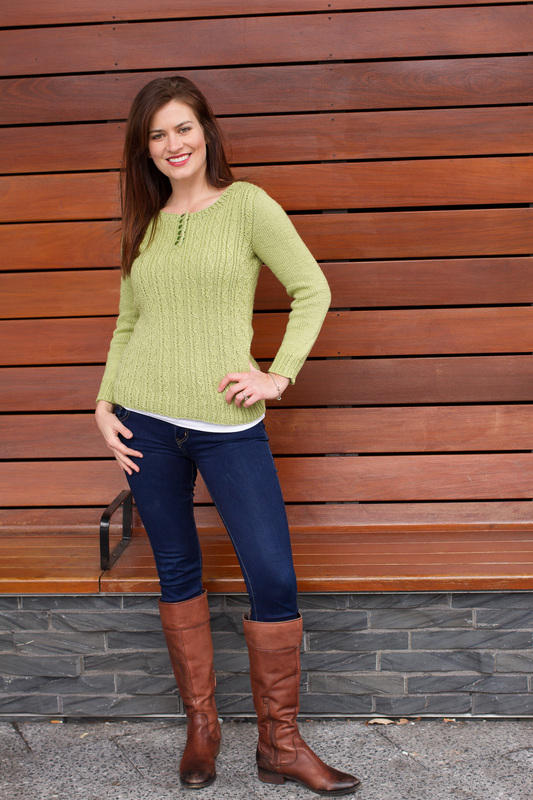
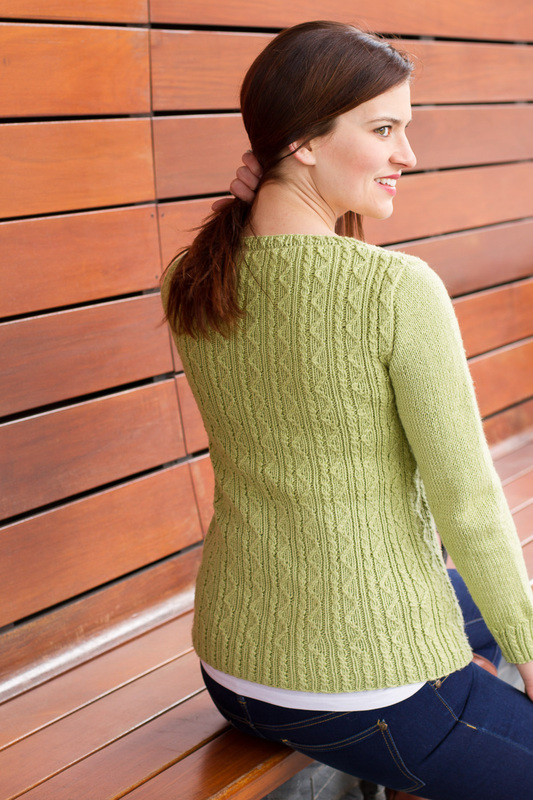
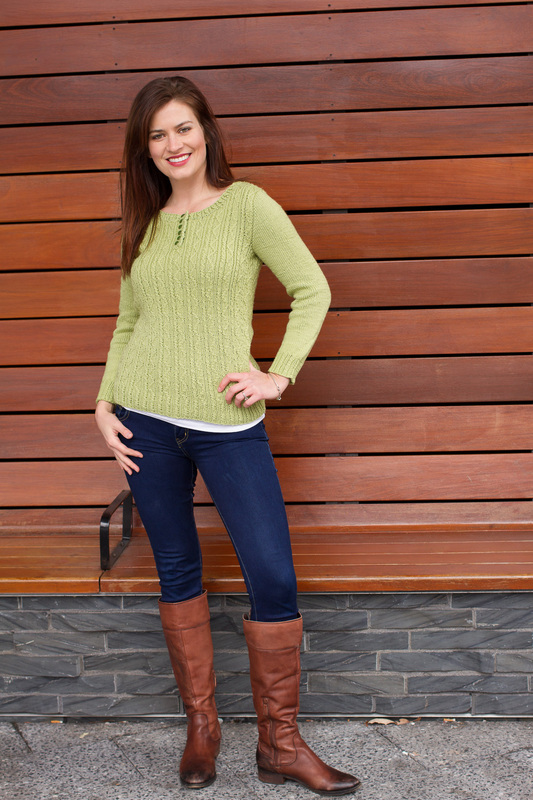
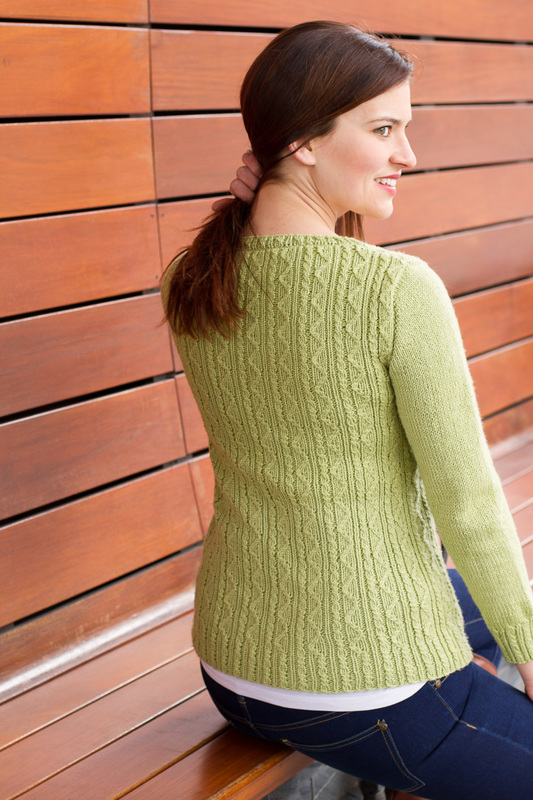
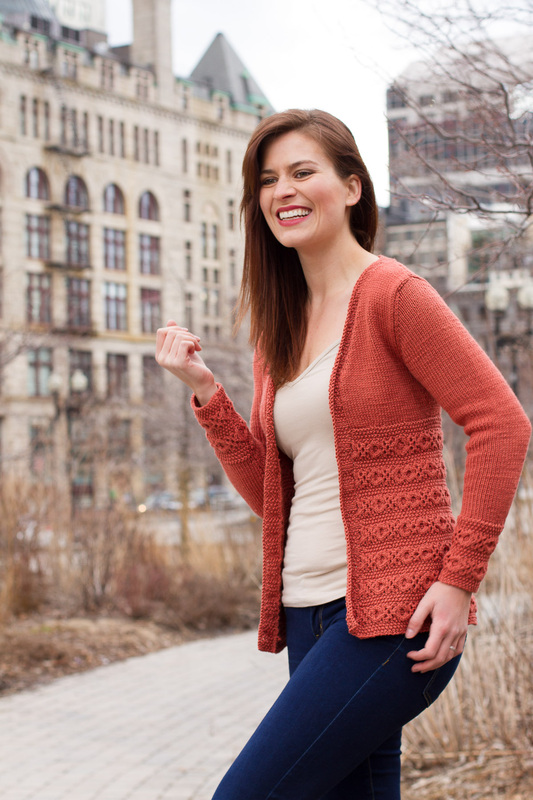
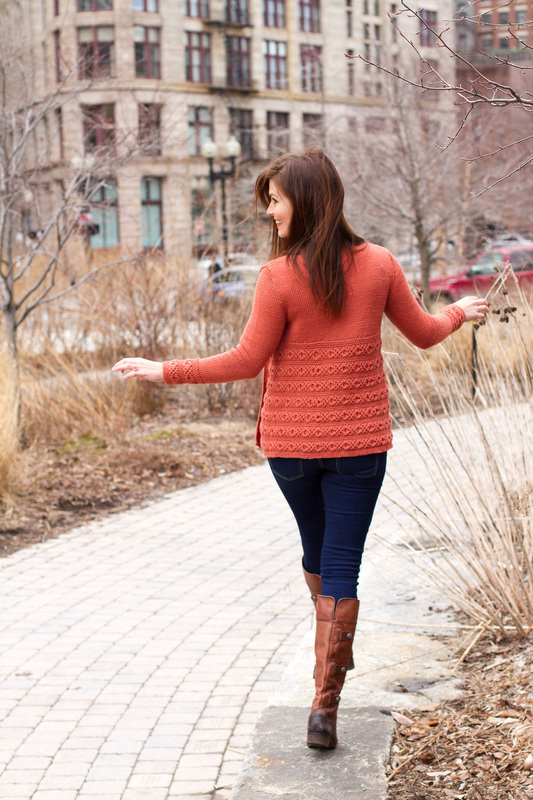

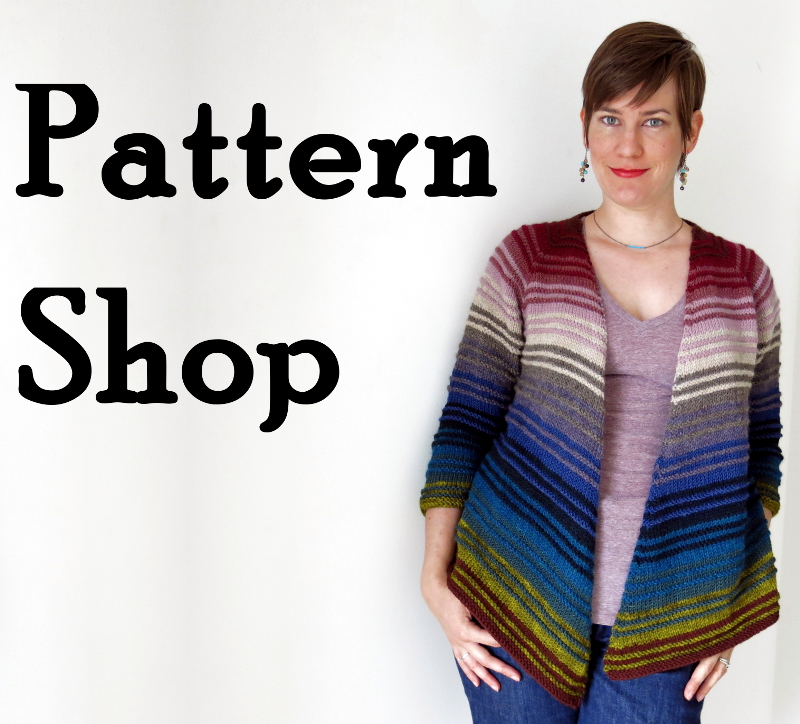
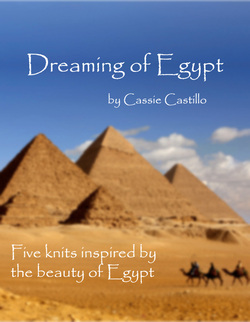
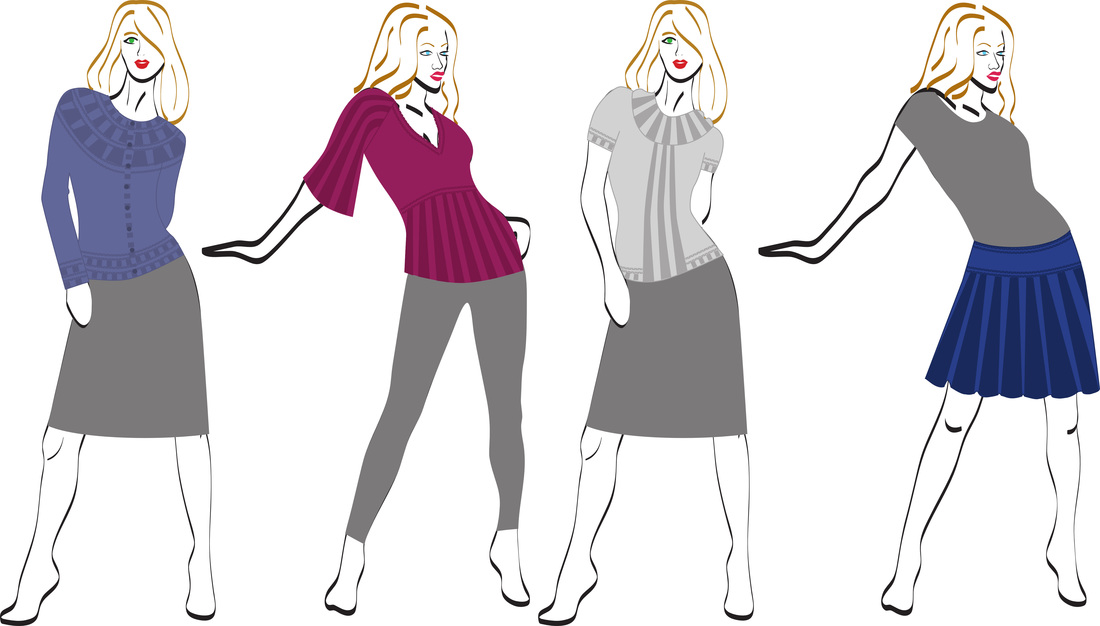
 RSS Feed
RSS Feed
